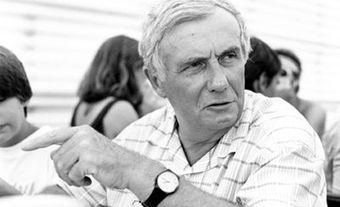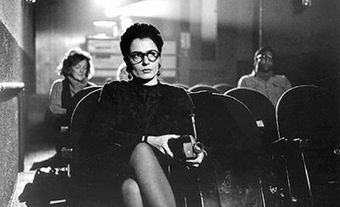George Dunning
George Dunning, animator (b at Toronto 17 Nov 1920; d at London, UK 15 Feb 1979). George Dunning studied at the Ontario Art College and in 1943 went to work for the NATIONAL FILM BOARD OF CANADA (NFB). During his short time with the NFB - he left in 1947 - he displayed a strong, individual talent. His first animated short was Grim Pastures (1944), followed by The Three Blind Mice (1945) with Grant MUNRO and Robert Verrall, Cadet Rousselle (1947) with Colin LOW, and with Evelyn LAMBARTFamily Tree (1950), which received a Special Award from the Canadian Film Awards in 1951.
In 1949, Dunning and fellow NFB graduate Jim Mackay formed Toronto's first private animation studio, Graphic Associates. There Dunning gave Michael SNOW his first job in film. After moving to England in 1956, Dunning formed his own production company, T.V.C., and was involved with a variety of commercial work and the animated shorts The Flying Man (1962; Grand Prix, International Animation Film Festival, Annecy, France) and The Apple (1963; BAFTA for animated short).
He created the opening animated credit sequence for Blake Edwards's A Shot in the Dark (1964), the second Pink Panther movie starring Peter Sellers, and produced a cartoon series based on the songs of The Beatles for BBC-TV (1965-67). This led to the film that George Dunning will always be associated with - Yellow Submarine (1968), the Peter Max-influenced pop-art-meets-rock-'n'-roll feature that became an instantly recognizable pop icon of the 1960s. Dunning supervised more than 200 artists in the relatively short span of 11 months, and personally created the "Lucy in the Sky with Diamonds" segment. The variety of techniques he used to create Yellow Submarine and the film's hyper, colour-saturated psychedelic style made it wildly popular at the time.
George Dunning created Canada Is My Piano, a triple-screen film for EXPO 67.

 Share on Facebook
Share on Facebook Share on X
Share on X Share by Email
Share by Email Share on Google Classroom
Share on Google Classroom


